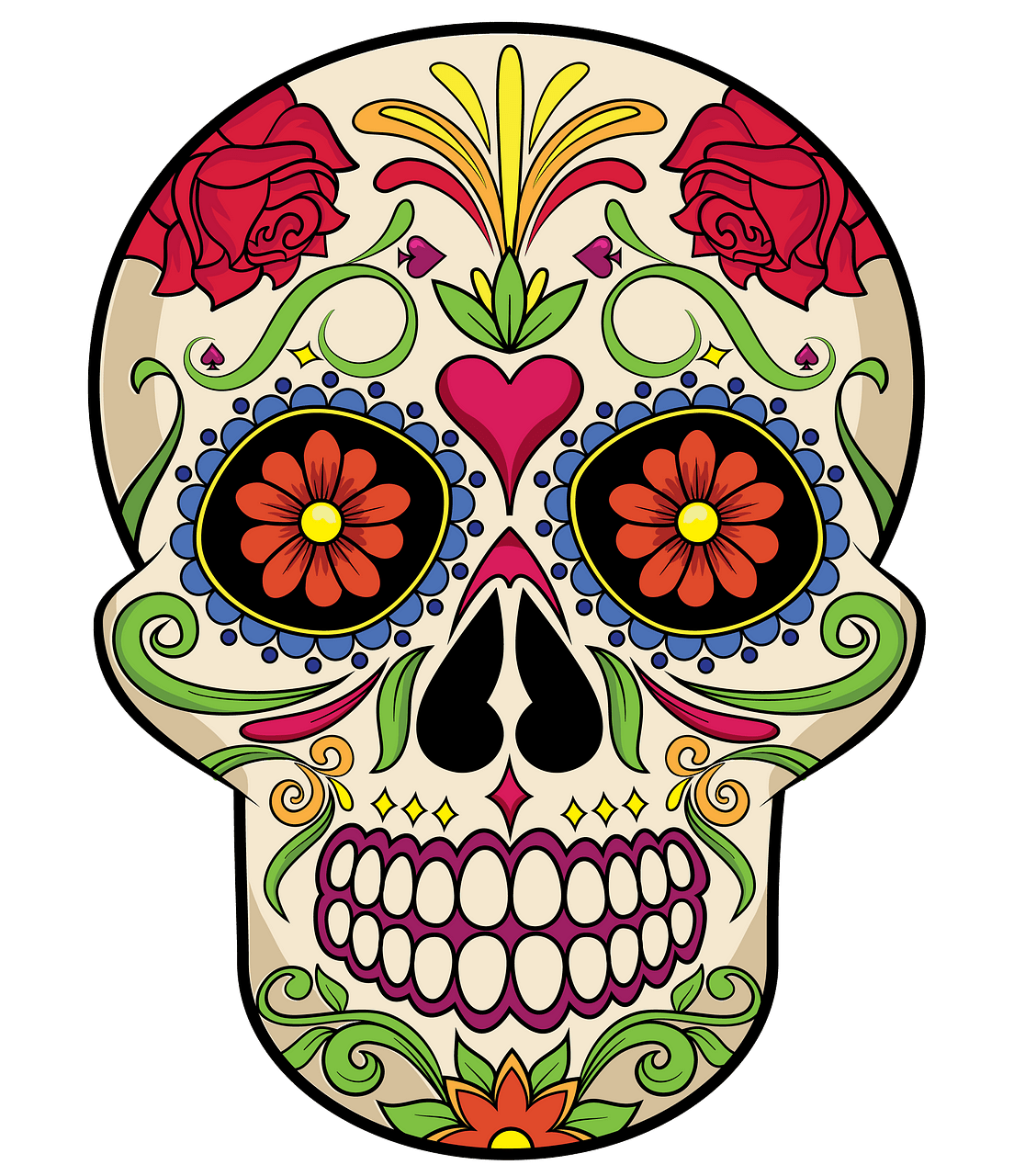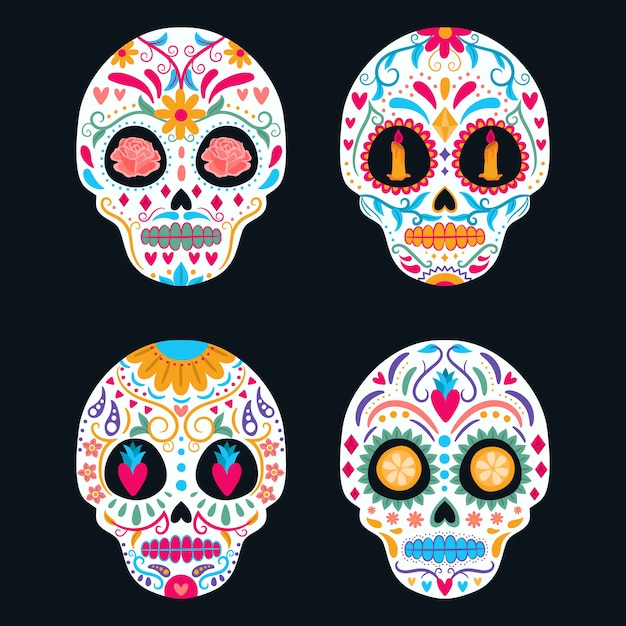
You might wonder why you often see hand-crafted skeletal dogs decorating the altars and graves at Día de los Muertos celebrations.ĭogs are an important symbol in Day of the Dead culture since they’ve long been thought to guide ancestral spirits to their final resting place. Some flowers have meanings that are specific to their color or variety.Ī flower that’s orange or yellow in color, known as cempasuchil, represents the sun, love, and the shortness of life.įamilies often craft wreaths of flowers to place on their loved ones’ graves. They decorate most of the altars and serve as part of an ofrenda. Flowersįlowers play a central role at most Día de los Muertos celebrations. Monarch butterflies are a common Day of the Dead symbol, and you’ll often spot decorative butterflies taking center stage on many altars. Because this pattern coincides so closely with Día de los Muertos, the people of Mexico began to believe that monarch butterflies carry the souls of the departed. In Mexico, the first monarch butterflies arrive for the winter each year on November 1st. Families traditionally dress the skeletons to represent their departed loved ones. The skeletons are funny and friendly, rather than scary.

Hand-crafted skeletons, or calacas, also take center-stage at most Día de los Muertos celebrations. Families often leave sugar skulls on the ofrenda of children who have passed. To those who are unfamiliar with Día de los Muertos symbology, a skull might seem like a morbid gift.īut the brightly-decorated calaveras de azucar, or sugar skulls, instead act as a lighthearted reminder of life’s cyclical nature. Many people worldwide are familiar with sugar skulls, which are another of the most recognized Day of the Dead symbols. They represent wind and serve as a reminder of the fragility of life. The banners often feature carefully-cut patterns to represent departed loved ones. These brightly colored, delicately perforated paper banners decorate the ofrenda altar, as well as local businesses, homes, and marketplaces. This represents the cardinal directions and is thought to help the spirits find their way.Īs mentioned above, paper banners known as papel picado can be seen at any Día de los Muertos celebration. It’s common for families to light candles at the ofrenda, often arranging them to form a cross. Pan de Muerto is a soft, round type of bread that’s often decorated with bone-shaped designs. In particular, it’s common to bring bread for the spirits, in the form of Pan de Muerto. Food traditionally represents the element of earth. To represent wind, the family traditionally brings papel picado, a type of traditional paper banner, to the ofrenda. For the element of water, family members leave a pitcher of water at the ofrenda so the spirits can quench their thirst. The ofrenda features pictures of the deceased, as well as items that belonged to them.ĭuring the celebration, family members bring items to the ofrenda that will help the deceased along their journey.Įvery ofrenda contains gifts to represent the four elements: water, wind, earth, and fire: These altars serve as places for families to honor their loved ones. Ofrenda refers to the offerings which are laid out on a temporary altar during the Day of the Dead celebrations. The ofrenda is the central component of any Day of the Dead celebration, and it’s one of the holiday’s most recognized symbols. The symbols below are all associated with the holiday known as Day of the Dead as it’s celebrated today. The two Spanish holidays of All Saints’ Day and All Soul’s Day lent even more symbology and tradition to the date. When the Spanish arrived to the area, the rituals associated with the Day of the Dead became intermingled with new traditions. The holiday originated in ancient Mexico and northern Central America, amongst indigenous groups like the Aztec, Maya, and Toltec.

6 Day of the Dead Symbols and Their Meaningĭía de los Muertos takes place on November 2 of every year. Here, we’ll go over the most popular Day of the Dead symbols and colors, and let you know what it all means. The “Day of the Dead” might seem similar to Halloween in many ways, but it’s a very different type of holiday with its own symbology, rituals, and traditions.


 0 kommentar(er)
0 kommentar(er)
